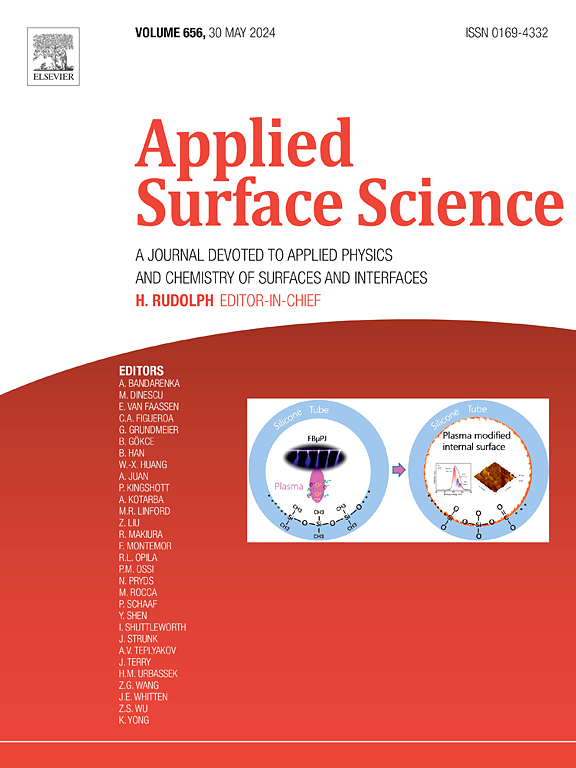Corrosion evolution of aluminium-copper and aluminium-copper-lithium alloys in chloride solution
IF 6.3
2区 材料科学
Q2 CHEMISTRY, PHYSICAL
引用次数: 0
Abstract
The objective of this work is to better understand the corrosion behavior of AA2024 (aluminium-copper) and AA2050 (aluminium-copper-lithium) alloys – used in aircraft fuselage and wings – by following their reactivity in a low-aggressive electrolyte (NaCl 0.01 M) using electrochemical and surface science techniques. It is shown that pitting is the predominant mode of corrosion, initiated at the locations where intermetallic particles were torn off from the surface during polishing. By using surface characterization techniques, a growing corrosion product layer mainly composed of oxidized aluminium was followed during 72 h of immersion in the electrolyte. It is revealed that lithium increases the alloy’s thermodynamic susceptibility to corrosion but leads to reduction of the kinetic corrosion rate by promoting the formation of a more homogeneous corrosion product layer. Additionally, it is shown that the mechanism evolves over time. During the first hours of immersion, the limiting reaction is the charge transfer between the metallic substrate and the electrolyte while for longer immersion times, it becomes the diffusion of the dissolved dioxygen from the electrolyte in the growing oxide layer.铝-铜和铝-铜-锂合金在氯化物溶液中的腐蚀演变
这项工作的目的是通过使用电化学和表面科学技术跟踪AA2024(铝铜)和AA2050(铝铜锂)合金在低腐蚀性电解质(NaCl 0.01 M)中的反应性,更好地了解用于飞机机身和机翼的AA2024(铝铜)和AA2050(铝铜锂)合金的腐蚀行为。结果表明,点蚀是主要的腐蚀方式,在抛光过程中金属间颗粒从表面脱落的位置开始。通过表面表征技术,在电解液中浸泡72 h后,主要由氧化铝组成的腐蚀产物层逐渐生长。结果表明,锂增加了合金的热力学腐蚀敏感性,但通过促进更均匀的腐蚀产物层的形成,导致动力学腐蚀速率降低。此外,研究表明这种机制会随着时间的推移而进化。在浸泡的最初几个小时内,限制反应是金属衬底和电解质之间的电荷转移,而随着浸泡时间的延长,限制反应变成了电解液中溶解的双氧在生长的氧化层中的扩散。
本文章由计算机程序翻译,如有差异,请以英文原文为准。
求助全文
约1分钟内获得全文
求助全文
来源期刊

Applied Surface Science
工程技术-材料科学:膜
CiteScore
12.50
自引率
7.50%
发文量
3393
审稿时长
67 days
期刊介绍:
Applied Surface Science covers topics contributing to a better understanding of surfaces, interfaces, nanostructures and their applications. The journal is concerned with scientific research on the atomic and molecular level of material properties determined with specific surface analytical techniques and/or computational methods, as well as the processing of such structures.
 求助内容:
求助内容: 应助结果提醒方式:
应助结果提醒方式:


